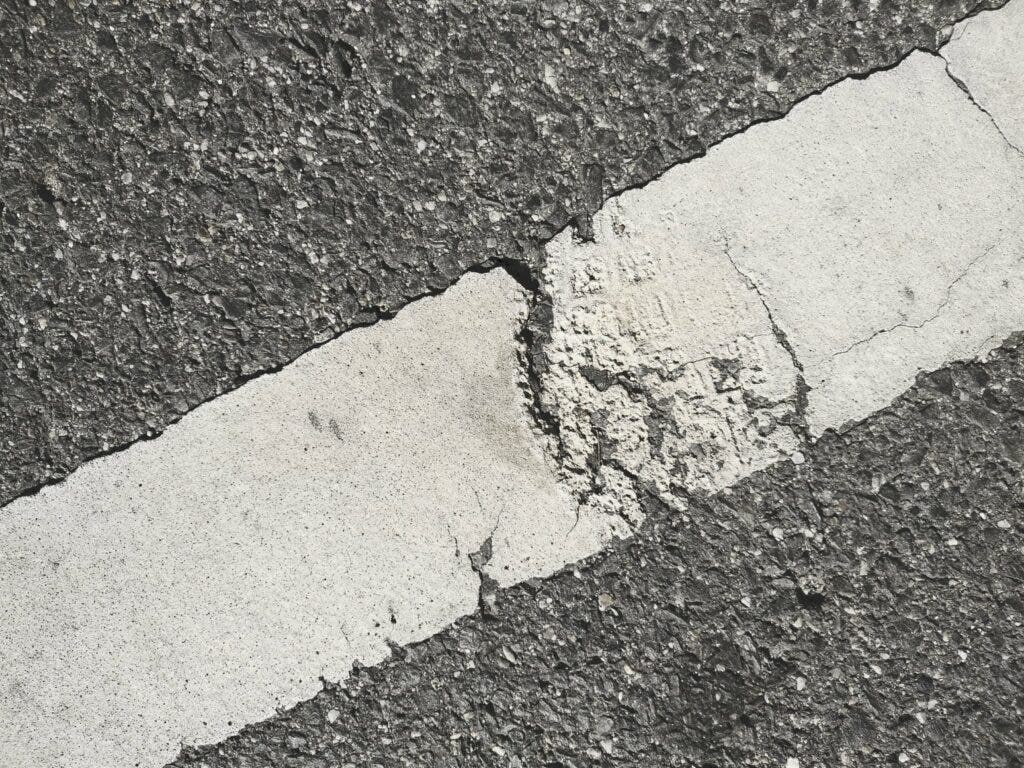A petroleum-based substance, asphalt is almost everywhere, from roads and roofs to driveways and paved streets. The US alone has about 18 million tons of it. Unfortunately, it seems that all that asphalt is also the source of air pollution, especially in the summer heat, according to a new study.

Researcher Peeyush Khare from Yale University and his team were curious about the potential impact of asphalt on air quality, especially in cities, as about 45% of urban surfaces are covered with asphalt. Its uses include paving (mixed with stone aggregate), roofing, and in products such as sealants.
No studies have previously quantified emission rates, which are essentially absent in emission inventories. The only exception has been solvent evaporation from cutback asphalt application, which was found to have elevated concentrations of hazardous air pollutants.
The researchers worked with samples of asphalt in an enclosed furnace in order to study their emissions in detail. They exposed the samples to temperatures from 40ºC to 200ºC. Not only did the asphalt release emissions, but their levels doubled when the temperature went from 40ªC to 60ºC, the study found.
The pollutants released were all carbon-based chemicals, Drew Genter, co-author, told New Scientist. “Many of these compounds are conducive to condensing to form secondary organic aerosol after reacting in the atmosphere,” he added. This can later form particles called PM2.5, a dangerous type of air pollution.
The study also looked at the effects of exposing asphalt to moderate solar radiation, finding a 300% increase in emissions for road asphalt. This proves that solar radiation, and not only temperature, can increase emissions.
“That’s important from the perspective of air quality, especially in hot, sunny summertime conditions,” Khare said.
More emissions from asphalt are soon to come, the researchers argued. Climate change is increasing global temperatures, which lead to more emissions. “Megacities are likely to see urban temperature increases driven by climate change and urban heat island effects,” said Gentner.
The researchers rejected making any policy recommendations as first they want to know how much pollution the asphalt emits over its lifetime and how it interacts with other sources of pollution. Nevertheless, they highlighted ongoing research on coal pavement coatings, which may reduce emissions by cooling the asphalt.
Air pollution is the greatest long-term risk to human health as it cuts life expectancy by nearly two years, compared to what it would be if air quality met the World Health Organization (WHO) guideline, according to the Air Quality Life Index. The most affected countries are Bangladesh, India, Nepal, and Pakistan.
The combined effects of ambient (outdoor) and household air pollution are responsible for about 7 million premature deaths every year, largely as a result of increased mortality from stroke, heart disease, chronic obstructive pulmonary disease, lung cancer, and acute respiratory infections. This especially affects people living in urban areas.
The major outdoor pollution sources include vehicles, power generation, building heating systems, agriculture/waste incineration, and industry. In addition, more than 3 billion people worldwide rely on polluting technologies and fuels for household cooking, heating, and lighting, releasing smoke into the home and leaching pollutants outdoors.
The study was published in the journal Science Advances.






